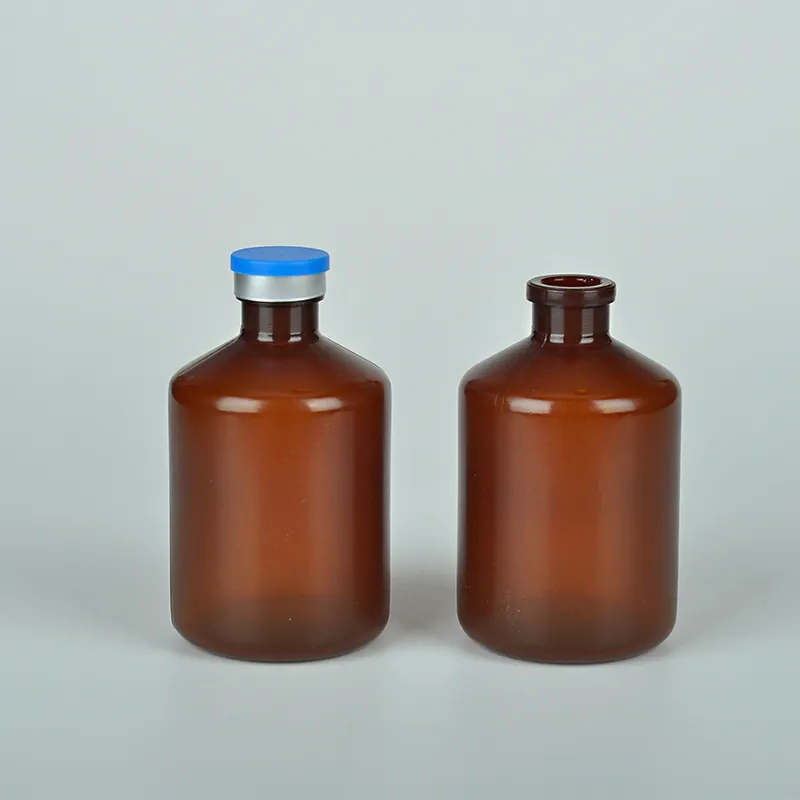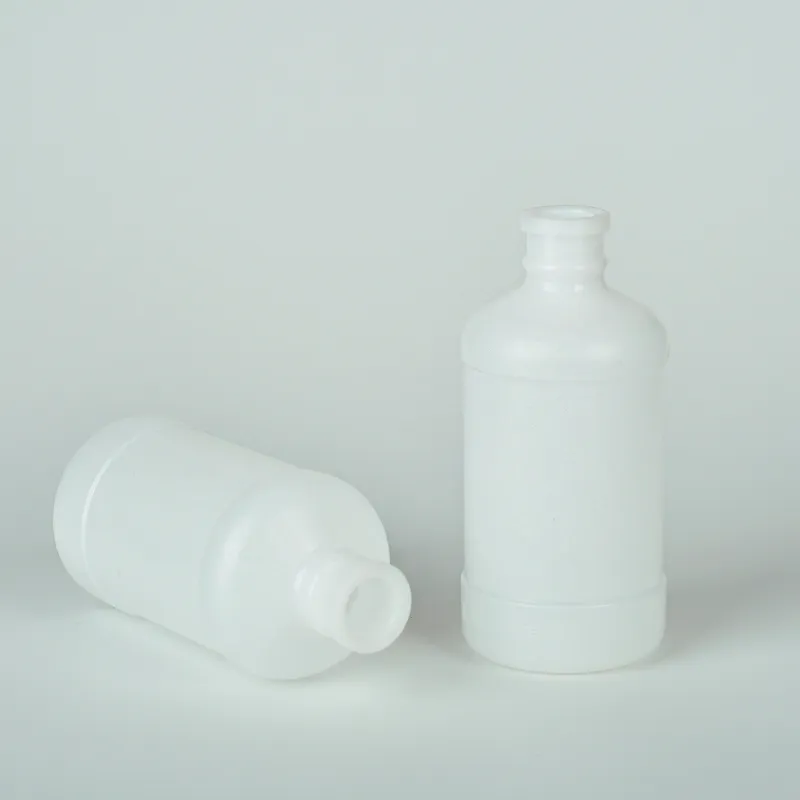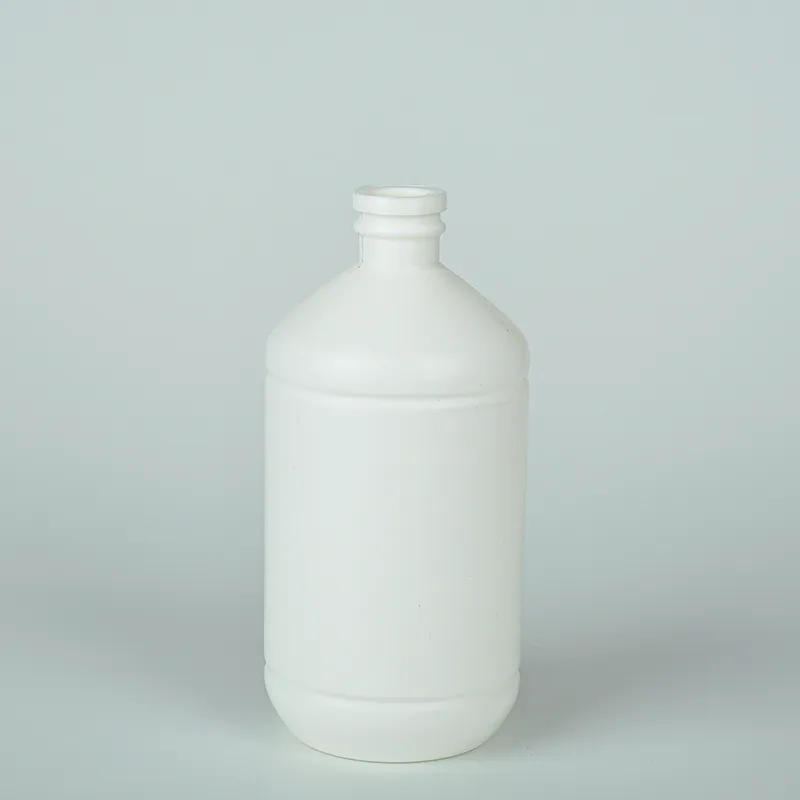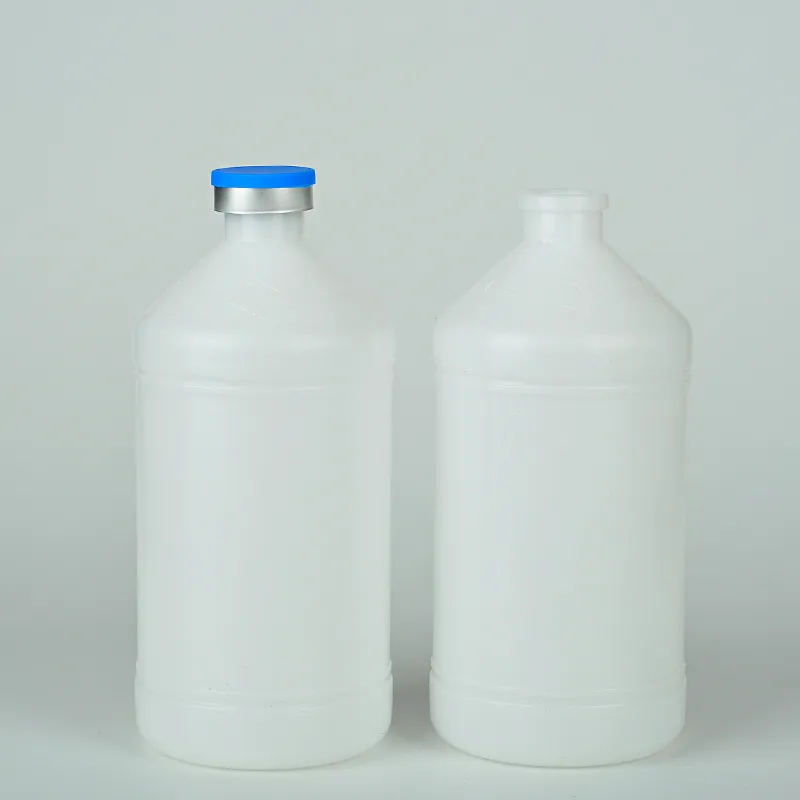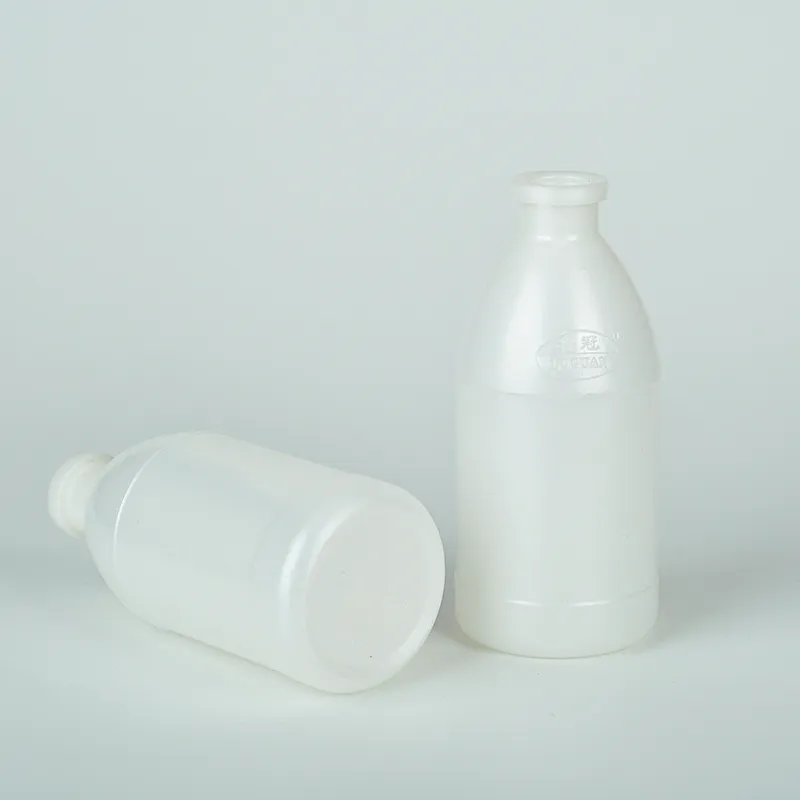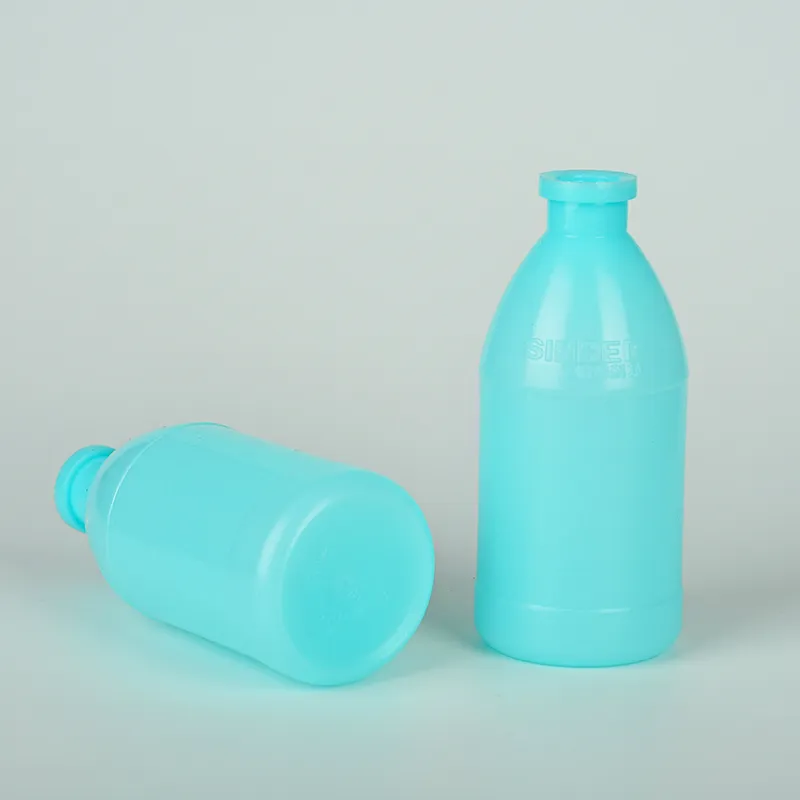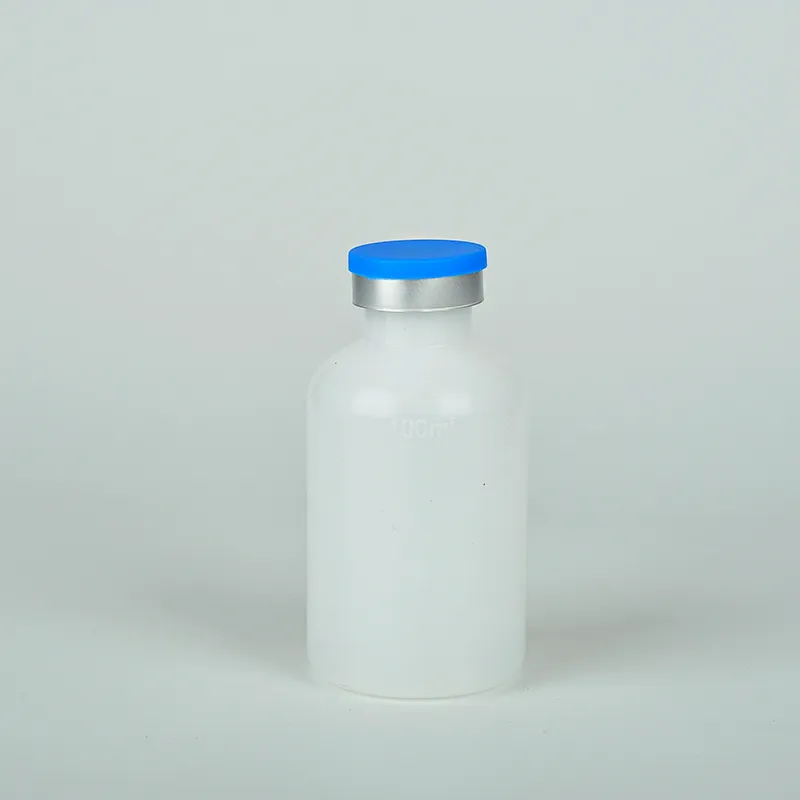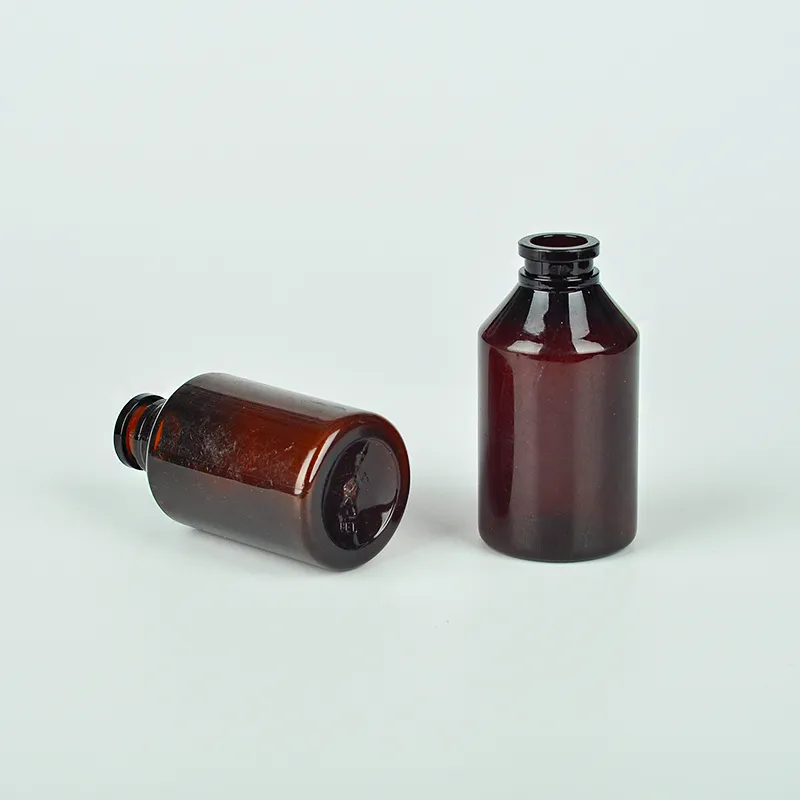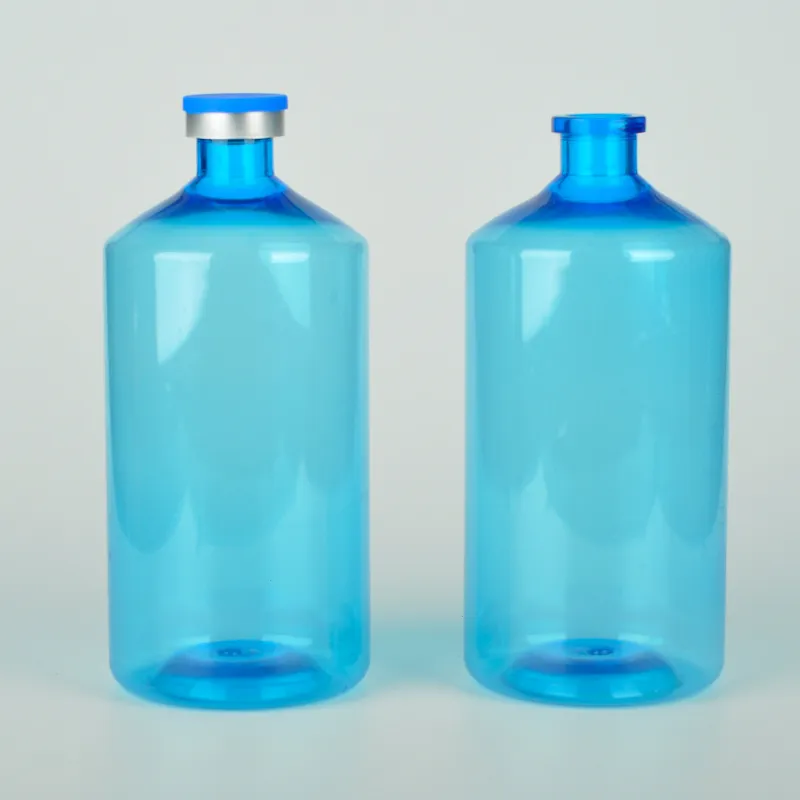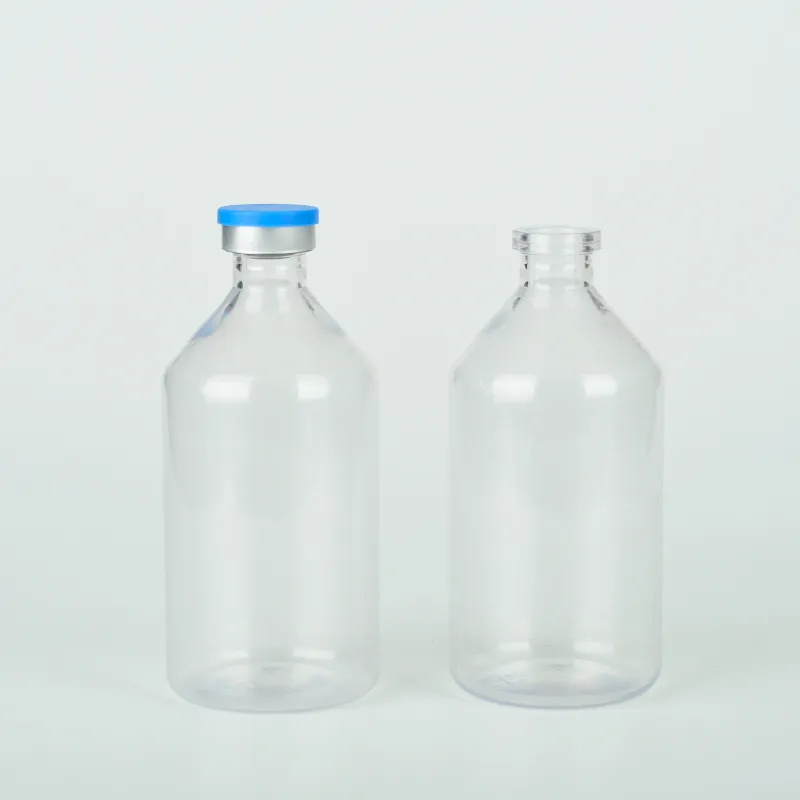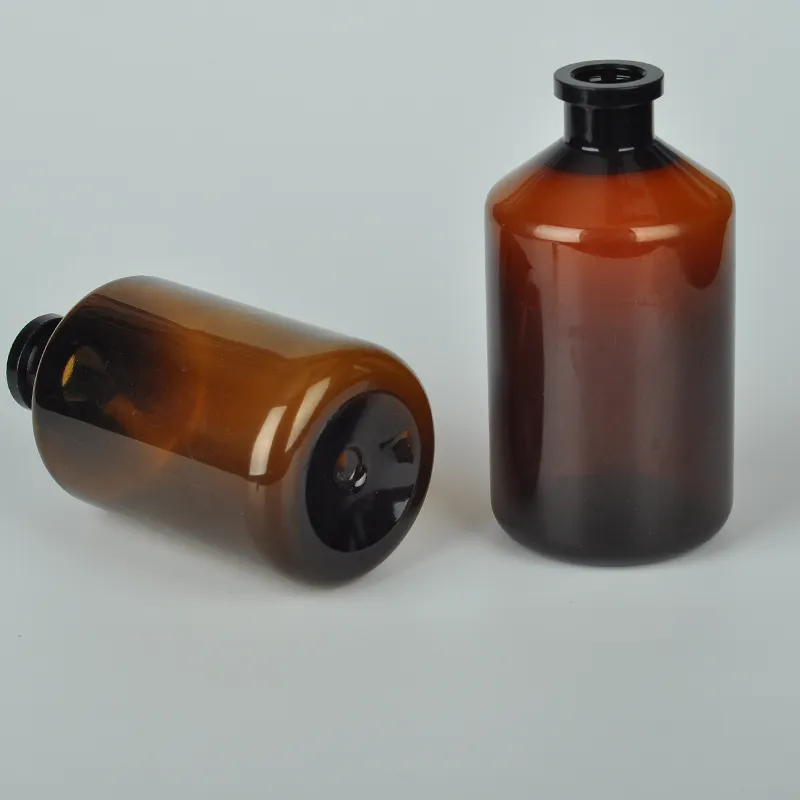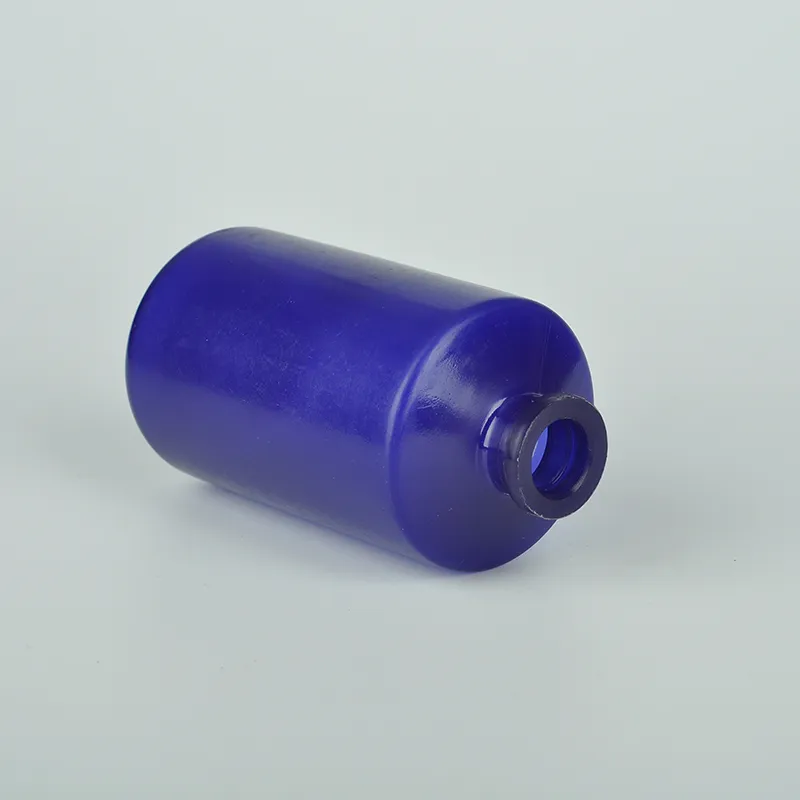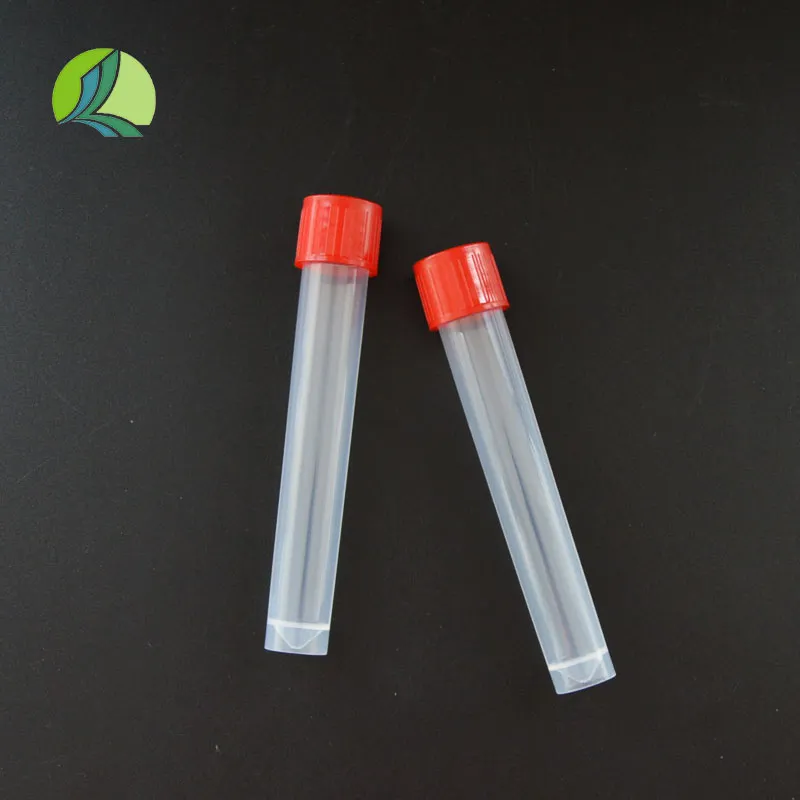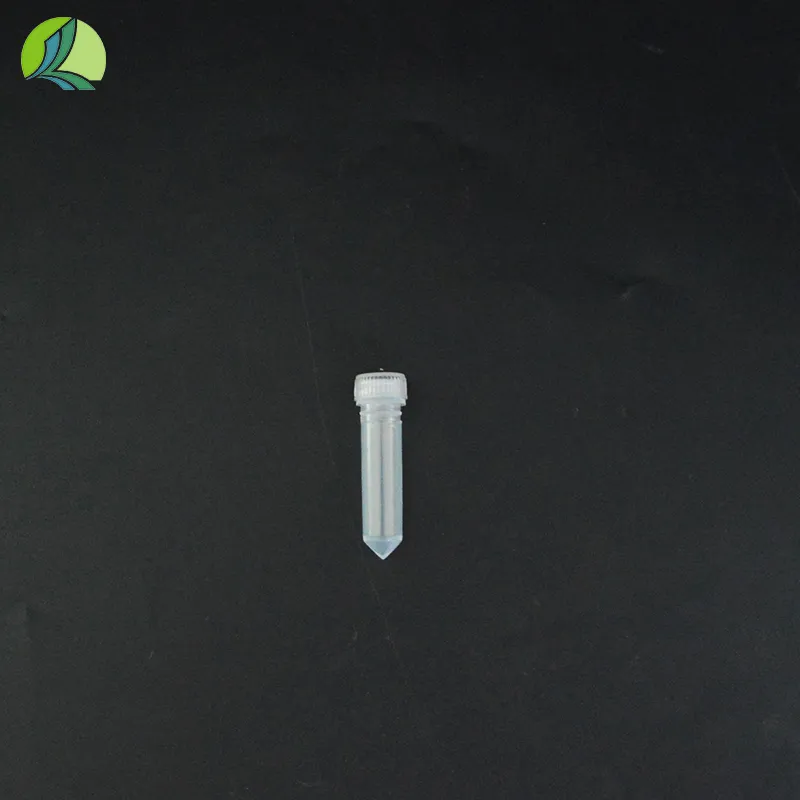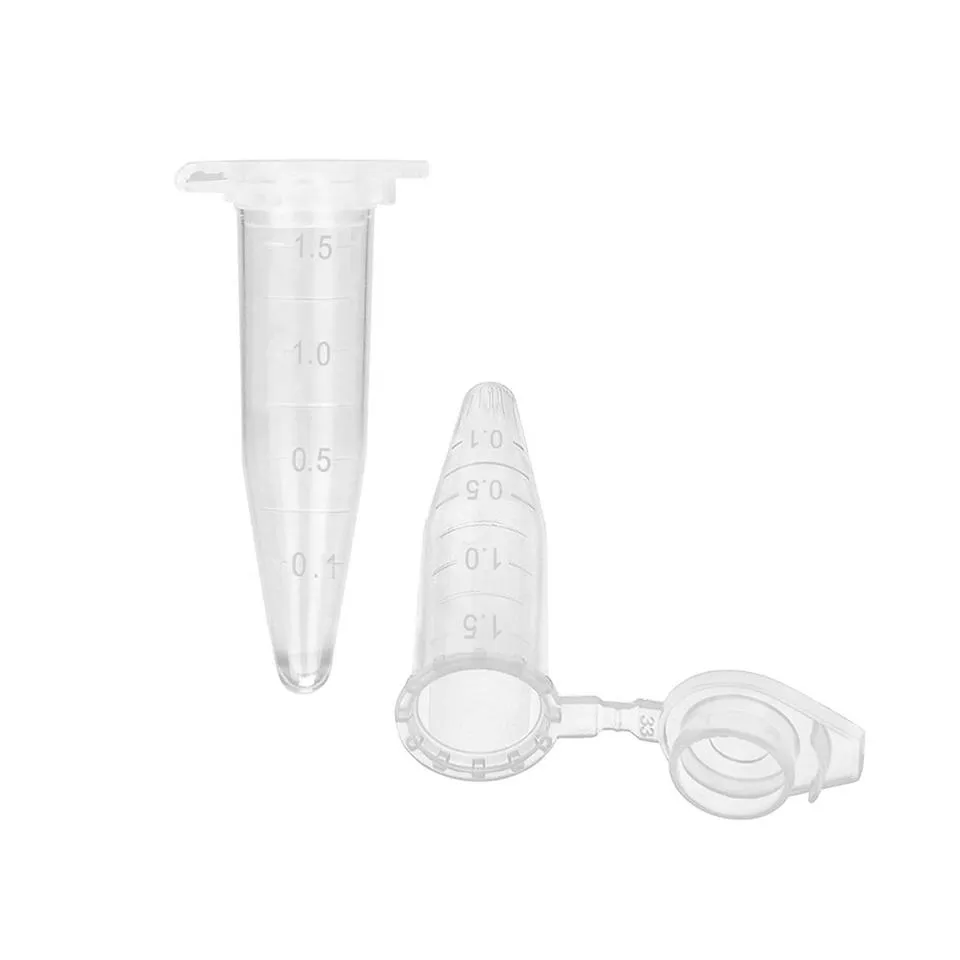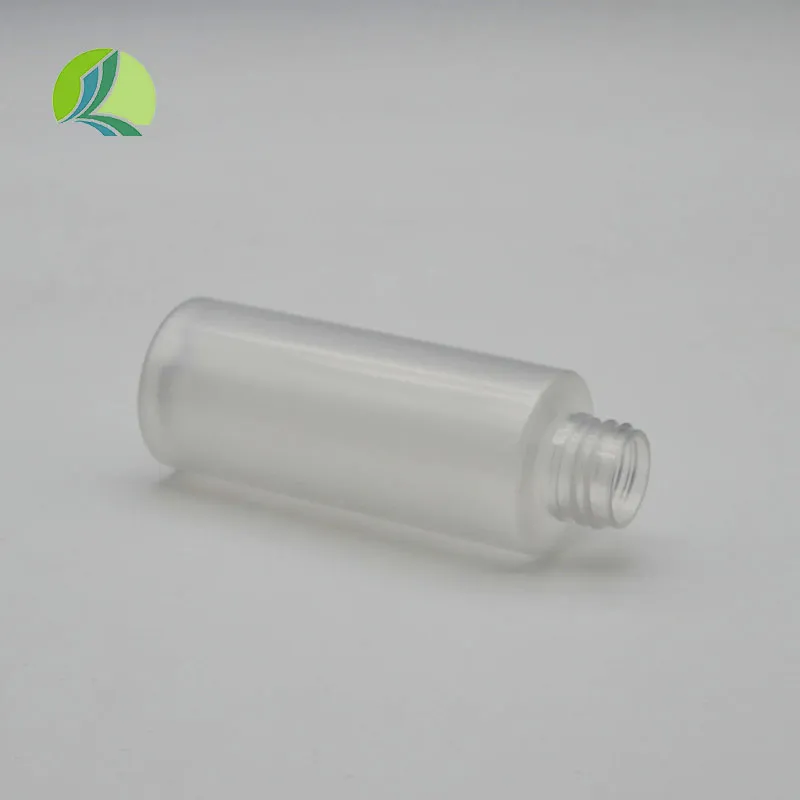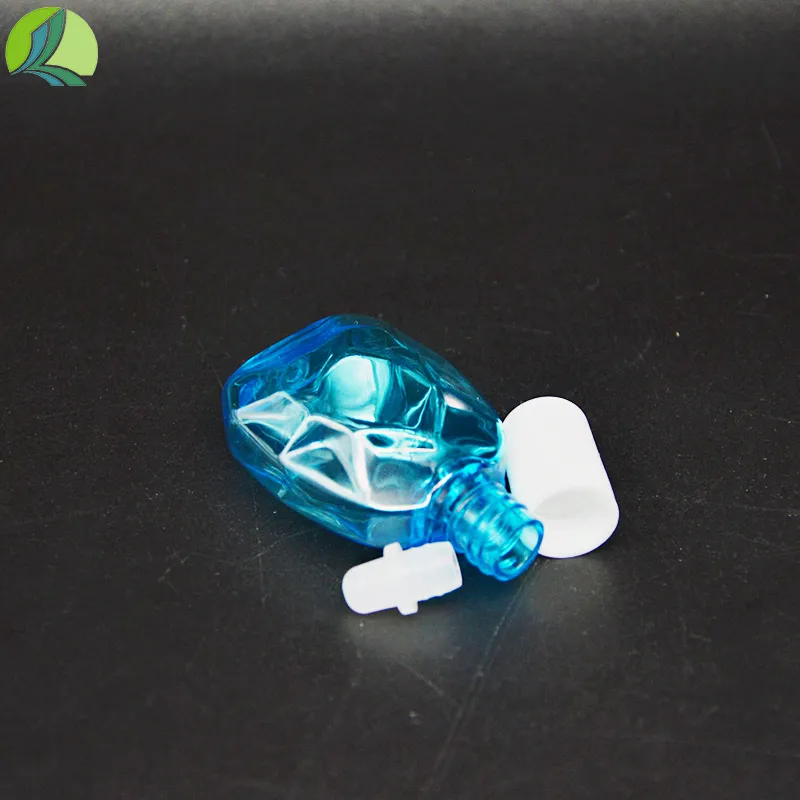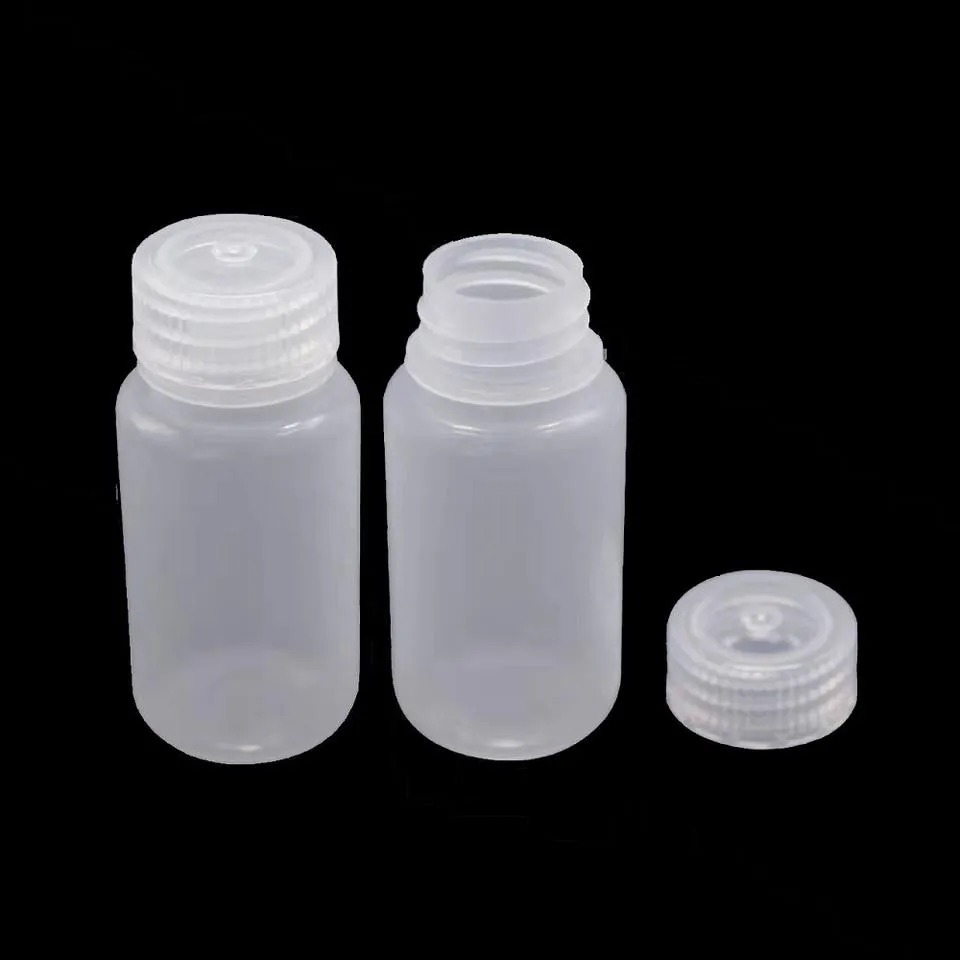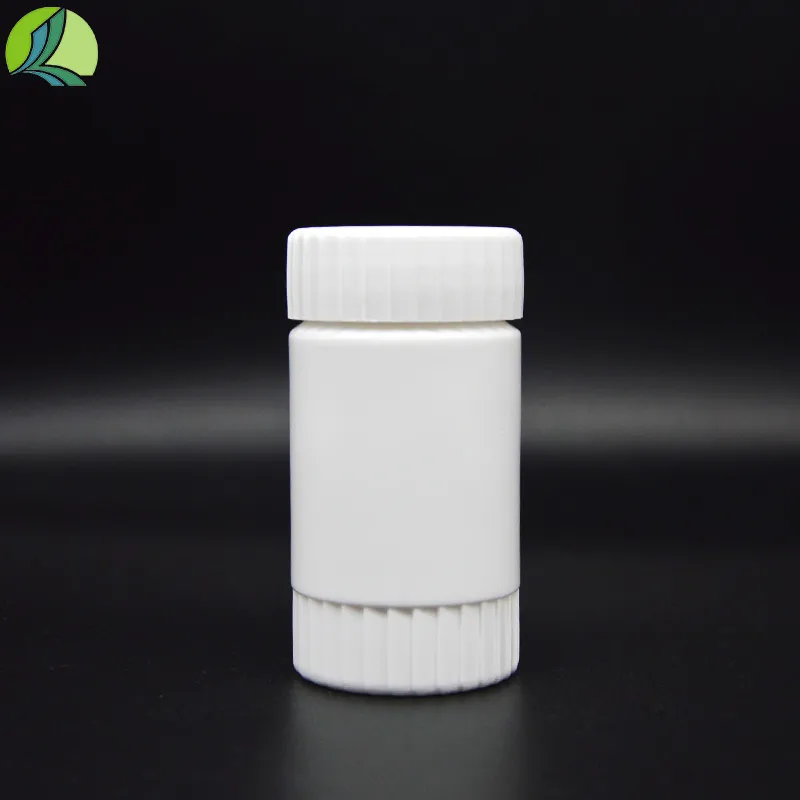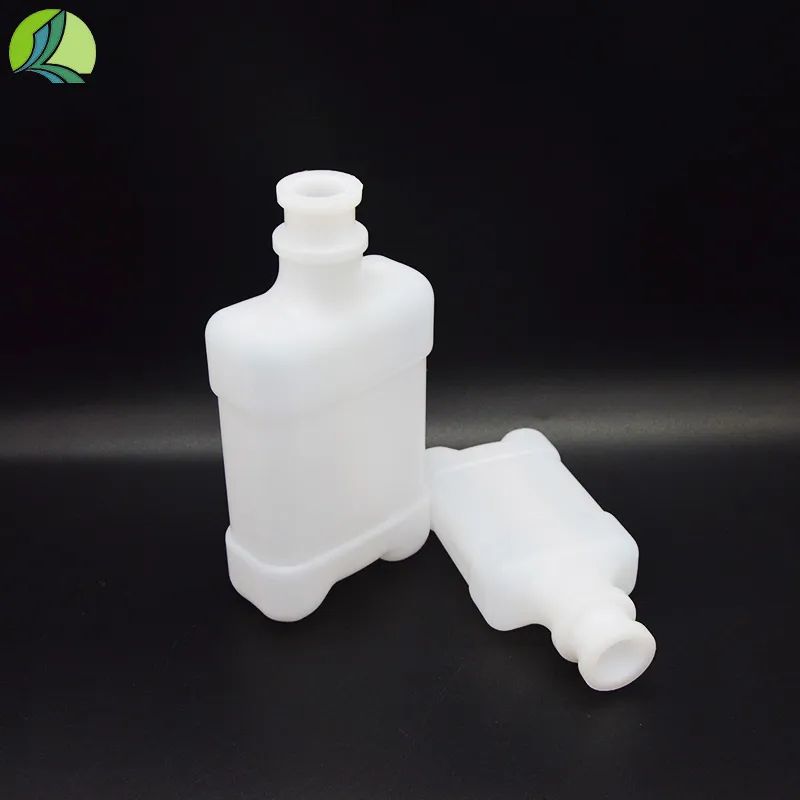
-
 Afrikaans
Afrikaans -
 Albanian
Albanian -
 Amharic
Amharic -
 Arabic
Arabic -
 Armenian
Armenian -
 Azerbaijani
Azerbaijani -
 Basque
Basque -
 Belarusian
Belarusian -
 Bengali
Bengali -
 Bosnian
Bosnian -
 Bulgarian
Bulgarian -
 Catalan
Catalan -
 Cebuano
Cebuano -
 Corsican
Corsican -
 Croatian
Croatian -
 Czech
Czech -
 Danish
Danish -
 Dutch
Dutch -
 English
English -
 Esperanto
Esperanto -
 Estonian
Estonian -
 Finnish
Finnish -
 French
French -
 Frisian
Frisian -
 Galician
Galician -
 Georgian
Georgian -
 German
German -
 Greek
Greek -
 Gujarati
Gujarati -
 Haitian Creole
Haitian Creole -
 hausa
hausa -
 hawaiian
hawaiian -
 Hebrew
Hebrew -
 Hindi
Hindi -
 Miao
Miao -
 Hungarian
Hungarian -
 Icelandic
Icelandic -
 igbo
igbo -
 Indonesian
Indonesian -
 irish
irish -
 Italian
Italian -
 Japanese
Japanese -
 Javanese
Javanese -
 Kannada
Kannada -
 kazakh
kazakh -
 Khmer
Khmer -
 Rwandese
Rwandese -
 Korean
Korean -
 Kurdish
Kurdish -
 Kyrgyz
Kyrgyz -
 Lao
Lao -
 Latin
Latin -
 Latvian
Latvian -
 Lithuanian
Lithuanian -
 Luxembourgish
Luxembourgish -
 Macedonian
Macedonian -
 Malgashi
Malgashi -
 Malay
Malay -
 Malayalam
Malayalam -
 Maltese
Maltese -
 Maori
Maori -
 Marathi
Marathi -
 Mongolian
Mongolian -
 Myanmar
Myanmar -
 Nepali
Nepali -
 Norwegian
Norwegian -
 Norwegian
Norwegian -
 Occitan
Occitan -
 Pashto
Pashto -
 Persian
Persian -
 Polish
Polish -
 Portuguese
Portuguese -
 Punjabi
Punjabi -
 Romanian
Romanian -
 Russian
Russian -
 Samoan
Samoan -
 Scottish Gaelic
Scottish Gaelic -
 Serbian
Serbian -
 Sesotho
Sesotho -
 Shona
Shona -
 Sindhi
Sindhi -
 Sinhala
Sinhala -
 Slovak
Slovak -
 Slovenian
Slovenian -
 Somali
Somali -
 Spanish
Spanish -
 Sundanese
Sundanese -
 Swahili
Swahili -
 Swedish
Swedish -
 Tagalog
Tagalog -
 Tajik
Tajik -
 Tamil
Tamil -
 Tatar
Tatar -
 Telugu
Telugu -
 Thai
Thai -
 Turkish
Turkish -
 Turkmen
Turkmen -
 Ukrainian
Ukrainian -
 Urdu
Urdu -
 Uighur
Uighur -
 Uzbek
Uzbek -
 Vietnamese
Vietnamese -
 Welsh
Welsh -
 Bantu
Bantu -
 Yiddish
Yiddish -
 Yoruba
Yoruba -
 Zulu
Zulu
Plastic Dropper Bottles: Precision Dispensing Made Easy
Plastic dropper bottles are essential containers designed for the precise and controlled dispensing of liquids in small amounts. Their widespread use in laboratories, pharmacies, cosmetics, and households highlights their versatility and practicality. These bottles are made primarily from durable plastics such as polyethylene (PE) and polypropylene (PP), which provide excellent resistance to chemicals, solvents, and corrosion. Their plastic construction also makes them shatterproof, offering a safer alternative to glass, especially in environments where breakage could pose risks.
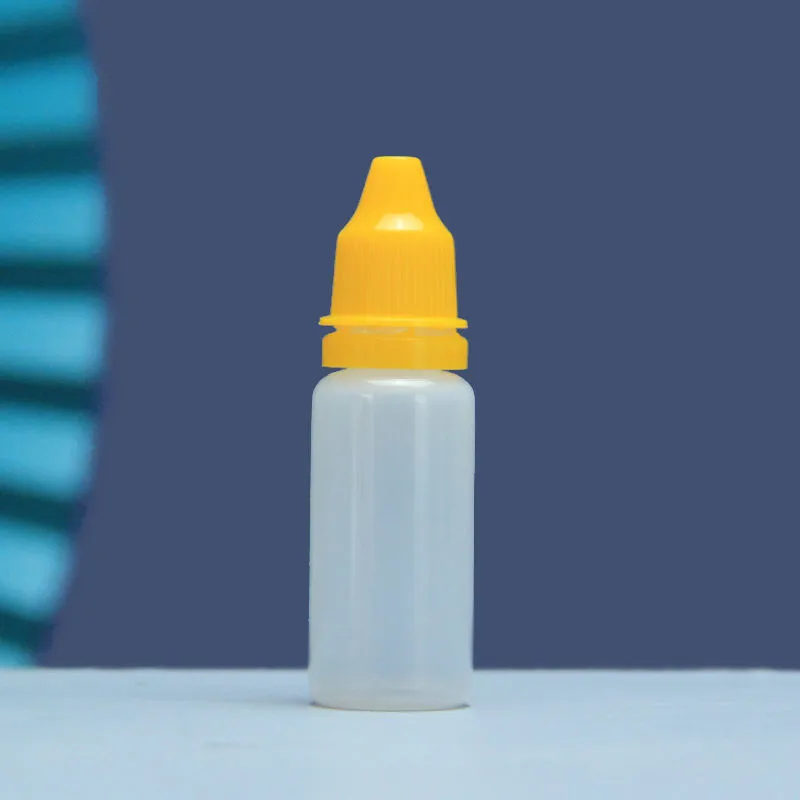
Plastic Eye Dropper Bottle: Accurate and Safe Liquid Dispensing
A plastic eye dropper bottle is specially designed to deliver small, accurate drops of liquid, commonly used for ophthalmic solutions. The ergonomic design, combined with the plastic material, ensures that the bottle is lightweight and easy to handle, reducing the chance of accidental spillage or contamination. The dropper cap typically includes a fine nozzle that allows for the controlled release of liquid, ensuring the user can administer eye drops comfortably and effectively.
These bottles are often equipped with child-resistant and tamper-evident features, which are critical for safety, particularly when storing medications. The plastic construction also offers excellent chemical stability, maintaining the efficacy of the liquid inside without reacting or degrading over time. For both personal and clinical use, plastic eye dropper bottles provide an essential balance of safety, precision, and convenience.
Plastic Bottle with Dropper Cap: Versatility Across Industries
The plastic bottle with dropper cap is a multifunctional container designed to accommodate a wide variety of liquids requiring precise dispensing. The dropper cap usually consists of a narrow tube attached to a rubber bulb or a screw-on tip, enabling users to dispense liquid drop by drop. This design makes these bottles ideal for pharmaceuticals, cosmetics, essential oils, laboratory reagents, and even e-liquids for vaporizers.
The materials used in these bottles offer excellent resistance to solvents and chemical degradation, ensuring that the liquids stored remain uncontaminated and stable. Available in different sizes, from small vials to larger containers, these bottles are engineered for reliability and user-friendly handling. Their popularity is enhanced by features such as tamper-evident seals and graduated markings, which facilitate safety and precision in liquid measurement.
10ml Plastic Dropper Bottle: Compact and Convenient Solution
The 10ml plastic dropper bottle is one of the most commonly used sizes, striking a perfect balance between portability and capacity. Its compact size makes it ideal for personal use, such as storing medications, essential oils, or cosmetic serums, while still offering enough volume for multiple applications.
These bottles often feature clear or translucent plastic, allowing users to easily monitor the liquid level inside. The dropper caps are designed for controlled dispensing, ensuring that even small doses can be measured accurately without waste. The 10ml size also complies with travel regulations in many regions, making it convenient for on-the-go use.
Small Dropper Bottles Plastic: Precision in Miniature Form
For applications requiring even smaller quantities, small dropper bottles plastic are indispensable. These tiny bottles, often ranging from 5ml down to 1ml, are ideal for handling potent substances where precise dosing is critical, such as concentrated essential oils, tinctures, or specialized laboratory reagents.
Despite their size, these bottles maintain the same high standards of chemical resistance, durability, and safety features as their larger counterparts. Their portability makes them popular for sampling, clinical trials, or travel-sized products, while the dropper cap ensures the dispensing of exact amounts, minimizing errors and wastage.
Applications and Advantages of Plastic Dropper Bottles
Plastic dropper bottles are valued for their versatility, reliability, and ease of use. Their chemical-resistant plastic bodies prevent contamination or degradation of stored liquids, while the dropper caps enable precise dosing that is critical in pharmaceuticals, cosmetics, and laboratory work. The shatterproof nature of plastic ensures safety during handling and transportation.
These bottles often come with tamper-evident or child-resistant caps, providing additional layers of security. Graduated markings allow for even more accurate measurement of liquids, reducing dosing errors. Due to their lightweight and durable properties, plastic dropper bottles have become a staple container in many industries, providing a safe and efficient way to store and dispense liquids in controlled amounts.
Plastic Dropper Bottle FAQs
What materials are commonly used to make plastic dropper bottles?
Plastic dropper bottles are typically made from polyethylene (PE) or polypropylene (PP). These materials offer excellent chemical resistance, durability, and are lightweight. Both materials are shatterproof, making them safer alternatives to glass bottles in many settings.
Why are plastic dropper bottles preferred over glass ones?
Plastic dropper bottles are preferred because they are less prone to breakage, lightweight, and more cost-effective. They provide good chemical resistance and safety, especially in environments where accidental drops or rough handling are common, such as households and laboratories.
How does the dropper cap work on these bottles?
The dropper cap typically includes a narrow tube attached to a squeezable rubber bulb or a screw-on dispensing tip. By squeezing the bulb or controlling the dispensing tip, the user can release liquid drop by drop, allowing for precise measurement and control over the amount dispensed.
Are plastic dropper bottles suitable for storing medications?
Yes, plastic dropper bottles are widely used in pharmaceutical packaging due to their ability to preserve medication integrity, prevent contamination, and enable precise dosing. Many also include child-resistant or tamper-evident caps for safety.
Can plastic dropper bottles be sterilized?
Many plastic dropper bottles can be sterilized using methods like gamma radiation or ethylene oxide (EtO) gas. However, the specific sterilization method must be compatible with the plastic material to avoid damage or degradation.
-
Understanding Reagent Bottles: Essential Tools for Chemistry and Laboratory UseNewsJul.29,2025
-
The Essential Role of Plastic Vaccine Vials in Modern HealthcareNewsJul.29,2025
-
The Essential Guide to Plastic Medicine Bottles: Safety, Manufacturing, and ApplicationsNewsJul.29,2025
-
Spray Bottle: A Versatile Tool for Everyday UseNewsJul.29,2025
-
Screw Cap Reagent Bottles: Reliable Storage Solutions for Laboratory UseNewsJul.29,2025
-
Reliable Medicine Bottles: Ensuring Safety and Convenience in Medication StorageNewsJul.29,2025



